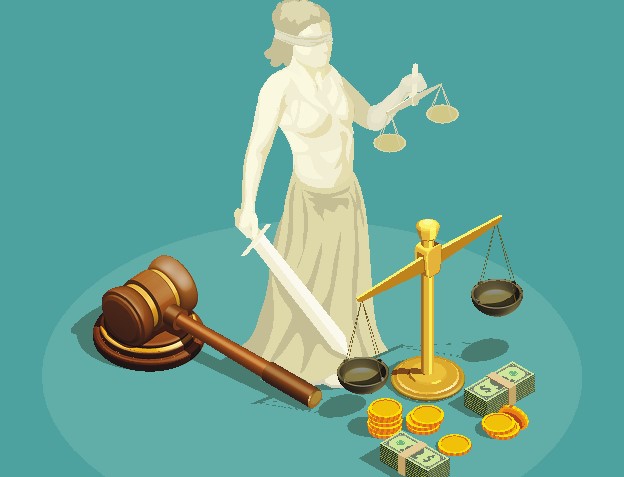
Grades 9-12

Don't have an account yet? Sign up for free
Don't have an account yet? Sign up for free

Students participate in a series of classroom elections to analyze special-interest effects and see how the costs of voting and acquiring information about candidates or propositions on a ballot affect whether or not people vote, and, if they do, how informed they will be. Students examine the causes and consequences of logrolling and other collusion by elected officials. Finally, students determine whether Indianapolis’s Lucas Oil Stadium is an example of public choice theory in action.
COMPELLING QUESTION
Does voting always result in the best choice?
Economist James Buchanan won the Nobel Prize in Economics in 1987 for pioneering work he had done with Gordon Tullock and others in the new field of public choice economics. This approach applies the basics of an economic way of thinking to decisions made through the electoral process or by a government body. That means thinking of voters, elected officials, and government employees as people pursuing their own self-interest rather than pursuing the public good—even when that entails personal sacrifices. Before Buchanan’s work, most philosophers, political scientists, and many economists had not systematically applied economic thinking to the public sector except to decry individual cases of corruption or bribery.
What is really different about public choice economics is the rigorous study of how people in the public sector systematically respond to economic incentives. That seems like a very simple idea—in fact, when the idea was summarized in the press after James Buchanan won the Nobel Prize, many wondered how the idea could merit such a prestigious award. The answer is that it is often difficult and complex to trace the many ways this simple idea presents itself in realworld settings. Allegations of public officials’ self-interested behaviors are frequently denied, and evidence is normally covered up by people who want to keep self-interested behaviors hidden from the electorate.
The study of self-interest can lead to surprising insights in the hands of economists as skilled as Buchanan. He (and other public choice economists and political scientists) used it to identify concepts and issues such as special-interest effects, voters’ “rational ignorance,” declining voter registration and turnout, inconsistencies in election results and voter preferences, the importance of controlling agendas when inconsistent outcomes are possible, and models of how candidates package themselves to be successful in various elections, and how they bargain to get what they want once they are elected. Taken together, all of these public choice ideas work into a theory of government failure that can parallel economists’ work on market failures.
Government policies are often used to deal with market failures, so the idea of systematic government failure raises the question: Can we depend on government actions to correct for market failures?
Economists’ answer to that question is a firm “It all depends.” It depends on whether the expected benefits of a policy are greater than the expected costs. Public choice models show that those costs must include regular— and often substantial—provisions for government failures. We see that the very reasons markets fail to provide the right amounts of certain goods and services are likely to make it difficult for the government to determine and implement policies to solve those problems.
Public choice models provide an argument for maintaining a limited role of government in a market economy on one hand, while encouraging searches for legal and constitutional solutions to limit certain kinds of government failure on the other. For example, constitutional amendments imposing term limits and requiring a federal balanced budget are two solutions often proposed; there is a great deal of debate about the economic and political desirability of such reforms.
Although this lesson focuses on applying public choice theory to voting and elections, these ideas can also be used to explain the day-to-day actions of ordinary government employees and politicians. Public choice ideas are increasingly common in economic courses in colleges and high schools.
This lesson was originally published in CEE’s High School Economics, 3rd Edition.
Visit https://store.councilforeconed.org/ for more information on this publication and how to purchase it.
Review the key points of the lesson. Explain that many factors can lead to systematic inefficiencies in government policies and programs: special-interest effects, voting costs that lead people not to vote in elections, information costs that lead most voters to be rationally ignorant about at least some of the issues they vote on, logrolling by elected officials, and other problems identified by public choice economists. Note that all of these problems can begin with voters, elected officials, and government employees pursuing their self-interest. That doesn’t mean there is no economic role for the government to play in a market economy. But it does add large costs to many government programs and, in that sense, supports the idea of a limited role for government in a democratic market system.
Multiple Choice
| Voter | Option A | Option B |
| Sharmila | $7 | $0 |
| Kuntal | $7 | $0 |
| Monica | $0 | $10 |
Constructed Response
Distribute Activity 15.4 and have students complete it. Have students determine whether Lucas Oil Stadium is an example of public-choice theory in action. Ask:

Grades 9-12

Grades 9-12

Grades 9-12

Grades 9-12
